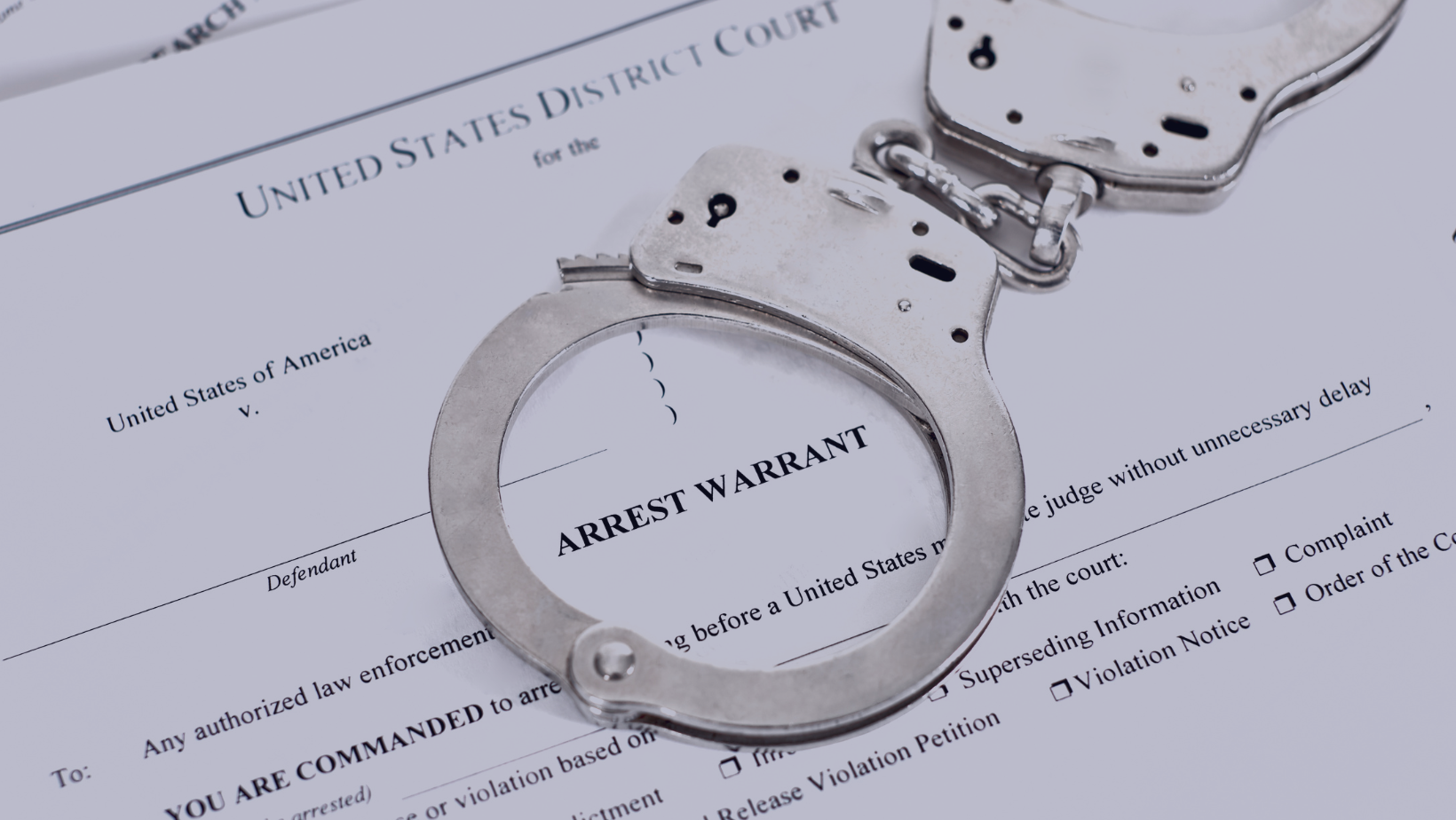Have you ever wondered how police officers can search someone’s home or arrest someone? It’s not like they can just barge in and take action without a good reason, right? Well, that’s where warrants come in, safeguarding our rights under the Fourth Amendment of the United States Constitution. The Fourth Amendment protects individuals from unreasonable searches and seizures by requiring warrants be issued only upon probable cause. Think of warrants like special permission slips that law enforcement officers need to have before they can take certain actions. Let’s dive into the world of warrants and learn what they are all about!
What is a warrant? A warrant is an official document issued by a judge or magistrate. It gives law enforcement officers the authority to take specific actions, like searching a person’s property or making an arrest.
Types of Warrants: There are different types of warrants for different situations.
- Search Warrant: This type of warrant allows the police to search a specific place, like a house, car, or even a computer, to look for evidence of a crime. But they can’t just search anywhere they want. They need a good reason, called probable cause, and they have to explain to the judge why they need to search that particular place.
- Arrest Warrant: An arrest warrant is issued when the police have enough evidence to believe that someone has committed a crime, and they need to arrest that person. A warrant tells the police who they can arrest and why.
- Bench Warrant: This type of warrant is issued by a judge when someone fails to appear in court as required. It basically says, “Hey, come court or else!”
The Warrant Process: How does it work?
- Investigation: It all starts with an investigation. If the police suspect that someone has committed a crime, they gather evidence to support their suspicions.
- Probable Cause: Before getting a warrant, the police need probable cause. This means they have a good reason to believe that a crime has been committed and that the place they want to search or the person they want to arrest is connected to that crime.
- Getting the Warrant: Once they have enough evidence, the police write up an affidavit. An affidavit is a sworn statement explaining why they need the warrant. They take the affidavit to a judge or magistrate, who reviews the evidence and decides whether there’s enough probable cause to issue the warrant.
- Execution: If the judge approves the warrant, the police then carry out the actions authorized by the warrant. For example, they can search the specified location or arrest the named individual.
- Follow-Up: After executing the warrant, the police must report back to the judge on what they found or if they made an arrest. This helps ensure that everything is done properly and legally.
Warrants play a crucial role in ensuring that law enforcement officers respect people’s rights and follow the rules when investigating crimes. They provide a safeguard against unwarranted intrusion into our lives and help maintain the balance between fighting crime and protecting individual liberties.
At CloudGavel, we recognize the importance of efficient warrant management in upholding legal standards and ensuring procedural integrity. Our electronic warrant solution streamlines the warrant process. This enables law enforcement agencies to manage warrants securely and swiftly. This in turn facilitates the pursuit of justice while respecting constitutional rights. If you are interested in learning more about CloudGavel you can schedule a demo here.




